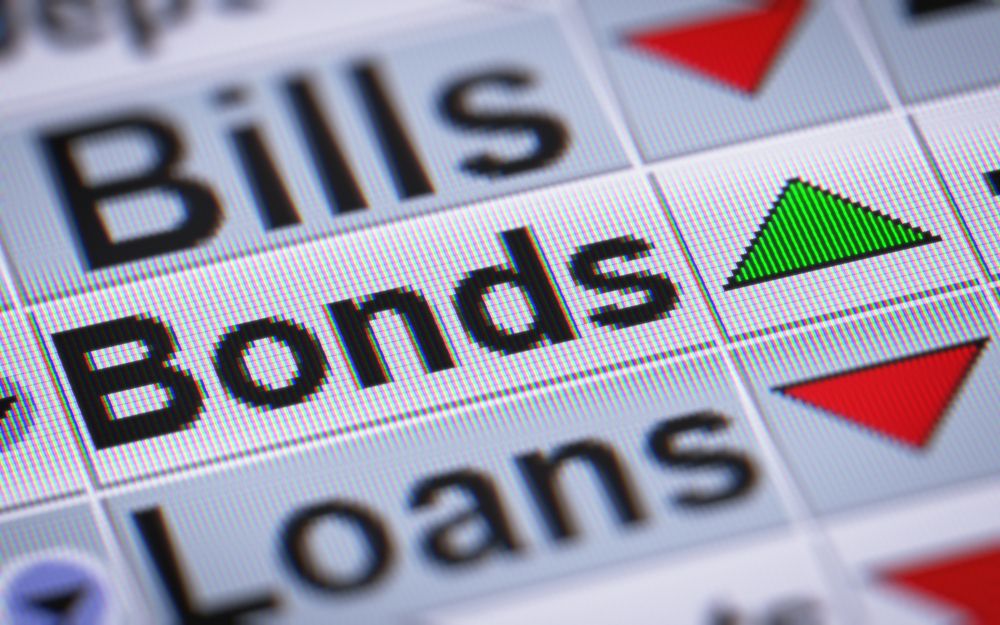
The Different Types of Investments You Need To Know About (Part 1)
Are you interested in growing your wealth through investing? If so, you have a variety of options available to you.
Some people opt for lower-risk investments that pay a modest return. Other people take on more risk with the goal of higher returns.
Below, we outline 10 of the best types of investments to consider.
The Different Types of Investments
There are investments that span every possible risk level and potential return.
Here are 10 of the most common, along with information on what makes them a good choice.
1. Gold

Gold has long been a popular investment vehicle, thanks to a strong history of holding its value.
Add in the fact that inflation has historically worked in favor of the value of gold, and you have an investment that’s well worth your consideration.
2. Certificates of Deposit (CD)
Certificates of deposit are among the safest investments. You choose your term and earn a predetermined amount of interest.
3. Index Funds
An indexed fund is a type of exchange-traded fund or mutual fund with its portfolio designed to track a particular index, such as the NASDAQ or Standard & Poor’s 500 Index (S&P 500).
4. Bonds

The benefits of investing in bonds include diversification, a steady income stream, and liquidity. While they have a reputation for being a safe investment, it’s still possible they could lose value.
5. Options
Trading options is one of the riskiest investments, but it can also net you the most profit. It’s cheaper than buying stock and easier than ever thanks to online trading platforms. However, there’s no hiding from the risk.
6. Mutual funds
Mutual funds allow you to invest in stocks, bonds, and other assets. Benefits include simplicity, diversification, and low trading costs.
7. Cryptocurrencies

Cryptocurrencies, such as Bitcoin, are among the riskiest investments as they’re new to the world. However, high risk brings greater reward.
8. Actively managed funds
An actively managed fund is one in which a management team — or single manager — makes decisions regarding how to invest the fund’s money. With this, you put your trust in the person or team managing your money.
9. Exchange-traded funds (ETFs)
An exchange-traded fund is similar to an index fund in the way that it tracks a specific index, commodity, or sector. This provides you with instant diversification, liquidity, and the opportunity to invest with any amount of money.
10. Mortgage-backed securities

Similar to bonds, mortgage-backed securities are made up of a group of home loans bought from the financial institutions that issued them. The biggest risks of mortgage-backed securities are extension and prepayment of the loans.
Risk Factor and Returns
Every investment comes with a certain level of risk. And based on that risk, you have the opportunity — but not the guarantee — of a return.
Some investors are more comfortable with risk than others. Only you can decide how much risk you can comfortably manage.
For example, a CD is one of the safest investments, as you know the return you’re getting upfront.
Conversely, cryptocurrencies and trading options are full of risk. The tradeoff of this risk is the potential for much larger returns.
How to Purchase Different Types of Investments
Regardless of the investment opportunity you’re interested in, you can’t get started until you know how to make a purchase.
There are a variety of ways to purchase investments, such as:
- Through a traditional financial institution, such as your local or online bank
- Through an online trading platform
- Through an actively managed fund
The manner in which you purchase investments depends on the type of investment you’re making.
For instance, you can invest in a CD at your local bank but you probably can’t invest in cryptocurrency.
The Best Investment Apps
There are many investment apps to choose from, so it’s critical to take your time as you compare the pros, cons, and features of each one.
Here are two of the best:
Betterment
 Betterment was built with the idea that investing shouldn’t be difficult — even if you’re a beginner.
Betterment was built with the idea that investing shouldn’t be difficult — even if you’re a beginner.
With robo-advising and cash management services, you have access to everything you need to make informed and confident investments that suit your risk tolerance and financial goals.
Wealthfront
 Wealthfront is a leading automated investment service. The ability to view all your accounts from one app makes it easier to manage your money and investments.
Wealthfront is a leading automated investment service. The ability to view all your accounts from one app makes it easier to manage your money and investments.
In addition to the ability to invest for the long-term, Wealthfront also has a high-interest checking account product for daily use.
>>Read a more in-depth comparison of the two investment tracking apps here<<
Investment Goals to Aim For
Maybe you know why you’re investing. Or perhaps you’re doing so with the idea that you’ll figure it out in the future.
If you need help setting investment goals, here are some ideas to point you in the right direction:
Buying a home
Buying a home is the American Dream. But before you can live it out, you must save enough money.
Having children
There are no two ways about it: children are expensive. It doesn’t matter if you invest in hybrid mutual funds, an exchange-traded fund, or something else, you must always have your eyes on the future.
Rainy-day fund
A rainy-day fund — also known as an emergency account — is money you save for those unexpected events that are sure to occur.
You won’t want to take too many risks with your rainy-day fund. So, don’t expect a high rate of return.
Retirement
Most people understand the importance of planning for retirement. The sooner you start and the more you save, the more you can earn over the long run.
Diversify your retirement savings plan by learning more about the many types of mutual funds, stocks, and bonds that align with your goals.
Raising your family
Just the same as having children, raising a family is an expensive endeavor. At the very least, you’re financially responsible for your children until they reach age 18.
You want to earn an above-average return on investment, all without taking too much risk.
Things to Consider Before Investing
There’s no shortage of things to consider before investing. Here are six points of consideration:
Investing is a gamble, you’re taking a risk with your money
No matter what anyone tells you, there’s no sure thing when it comes to investing.
You can make money, but you can also lose it all – there are no guarantees
You have the opportunity to make a lot of money with your investments. Of course, there’s also a chance you could lose everything.
You should never invest more than you can afford to lose
Don’t make the mistake of investing money that you can’t afford to lose. Remember, there’s no such thing as a guaranteed investment.
What Types of Investments are Right for You?
With so many different types of investments to choose from, you should be able to create and implement a strategy that will help you reach your goals.
Determine your risk tolerance, set goals, and track your progress. This will help you make informed investing decisions that position you for future financial success.
FAQs
Any question is a question worth answering. Here are some of the most frequently asked questions associated with investing:
What should a beginner invest in?
A low risk investment, such as a CD, is a good jumping-off point.
Which investments have the best returns?
The investments with the best potential returns are those with the most risk. This includes but is not limited to stocks and cryptocurrencies.
How do I start investing?
The best way to start investing is through an online platform. Not only can you invest through these services, but you can learn more about types of shares, types of stocks, how to make an equity investment, and more.


Article comments